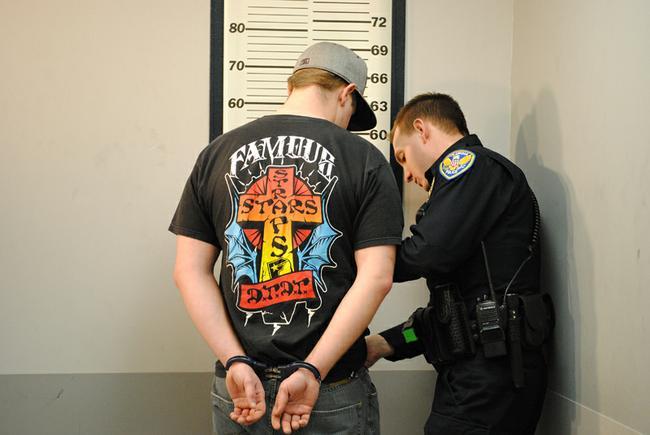
After a year of operation, the Columbia Police Department’s DWI Enforcement Unit has seen an increase in DWI arrests made in Columbia.
CPD started the DWI unit in December 2009, after receiving a grant from the state in October for two officers to work full-time on DWIs.
“One of the reasons we were able to justify the need for the unit was with statistics that showed the crash rates in Columbia and the percentage of those crashes that were alcohol-related was above the state average,” CPD Officer Chris Hessenflow said.
This increase in arrests comes with a decrease in the total number of alcohol-related accidents with alcohol as a contributing factor. In 2009, 123 such accidents occurred. In 2010, that number was reduced to 110. Compared to 178 accidents in 2006, the number has continued to decrease.
Hessenflow is one of two officers in the unit. They normally work at night but have been known to patrol in the afternoon, especially when there is a large event in town.
It is hard to say whether the DWI unit has been effective because it is still so early in its lifespan, Hessenflow said. Other factors, such as the implementation of the downtown unit two years ago, might also contribute to the lower drunk driving rate. The true effect of the DWI unit will become clear during the next few years.
“I’ve had plenty of taxi drivers tell me their business has gone up since we started,” Hessenflow said. “I see that as a good sign.”
Members of the DWI unit become drug recognition experts through a two-week class. The DRE process teaches officers to narrow down what type of drugs might have been used by a person based on their pulse, blood pressure, pupil sizes and level of impairment on various sobriety tests.
The department’s sobriety instructors still go to training at least one or two times a year to keep up with changing legislation, case law and improved practices.
Hessenflow said when determining if a driver is impaired, he looks for swerving, driving in multiple lanes, speeding and even cars that forget to turn on headlights.
“People who are intoxicated tend to not realize they’re going as fast as they are,” he said.
The DWI unit began using SUVs with highly reflective graphics to help it stand out to drivers.
“We don’t try to hide,” Hessenflow said. “We want people to know that we’re out here. That’s why we use a high visibility approach. We want people to see us everywhere.”
He said studies have found the largest deterrent to drunk driving is the fear of being caught.
Hessenflow said, contrary to popular belief, the DWI unit will not simply wait outside bars for drunk people to enter their cars. This is an ethical issue, according to Hessenflow.
The officer said patrol officers don’t always have time to take care of DWIs because they might end up with 12 calls waiting at any time. The DWI unit helps to handle this load.
“If we can decrease the number of alcohol-related accidents and deaths, I think that will be the measure of our success,” he said.